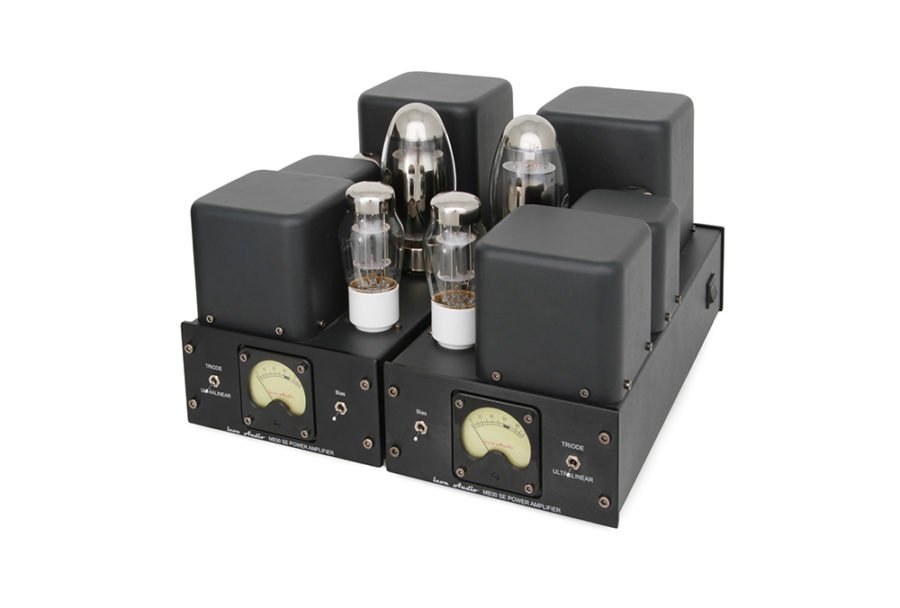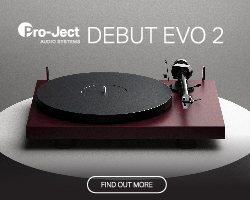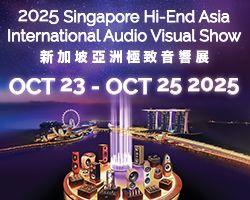Icon Audio’s MB 30 SE mono power amplifiers use no PCBs in their construction and come with a two year guarantee. Stuart Smith takes a listen to these £2199 amps.
Icon Audio are based in Leicestershire in the UK, where, headed up by David Shaw, they have been designing amplifiers and other valve based electronics since 1999. Their website is at pains to point out that they do not use PCBs in their amps and that all their amps are hand built with quality materials that are designed to give long service, using parts that are easy to source. They also stress that there are no transistors or microchips in their amps and that their design is “pure valve’. I like this philosophy a lot and it immediately instils a level of confidence in the product and the company. Quality audio components are not cheap items and longevity of service will be a major factor for many when parting with their hard earned cash and Icon’s two year guarantee and full back up service is a good sweetener. 
The MB30 SEs arrive very well packaged, with good, easy to follow instructions and so within a matter of minutes you can have them up and running in the system. Biasing is a doddle…flick the switch on the front of each amp to bias, fiddle with the little screw atop each amp until the large and easy to read VU meter on the front gives the desired reading and that’s it, ready to play some tunes.
Construction appears to be solid and the amps certainly feel nice and weighty – they weigh 12KG each, much of which will be down to the transformers used. The amps are point to point hand-wired and use silver plated copper PTFE cable.
Valve stock on the model supplied is a 5AR4 rectifier, a CV181 drive valve and a KT150 output valve (though you can use KT88/90s should you wish). The online blurb says that the amps come with the KT120 so I enquired and was told that the KT 150 will work fine. The valves fit in their sockets tightly and very securely.
The KT 150 is a relatively new valve from Tung Sol and it is finding favour with many in Audioland, as well as being used by tube giants such as Audio Research in their Reference 75 SE, Reference 150 SE and Reference 250 SE. The valve is relatively cheap coming in at less than $100 in the US and available for £54 in the UK which makes good sense in a relatively budget amplifier like the MB30 SE, it also makes sense when it comes time to buy new valves.
The output from the MB30 SE is pure Class A with a Class A triode front end. You have a little toggle switch on the front of each amp marked “Triode” and” Ultralinear” where the amps will offer up 16W and 27W per side respectively. ” “Ultralinear” is a combination of triode and pentode, in order to get good power with the triode sound” says the Icon website.
Also on the front of each amp you have the aforementioned VU meter (I’m a sucker for VU meters) which will show your power output or, when the toggle switch is flicked, biasing information. Round the back you’ve got an RCA input, 4 and 8 ohm speaker terminals, the IEC power input and another little toggle switch for hi and low sensitivity. This latter makes pairing with your preamp much easier!
The amps are slim, neat and to my mind look very nice indeed with fit and finish being good for an amp costing £2199.95.
THE SOUND
Throughout the review process I used the usual suspects of Coffman Labs G-1A pre, the VAD DAC, Analogue Works turntable with Graham Slee Elevator EXP SUT and Reflex phonostage and a dedicated music laptop running J River. Cables are by Tellurium Q, Merrill Audio, IsoTek, Atlas and Vermouth Audio.
On first powering up the amps you get the immediate sensation of them being very quiet indeed, with the only nasties I could hear being the usual slight hum from the pre, which is only audible when you get your lugholes close to the speakers, which again are our usual hORN Mummys.
The Mummy’s are sensitive beasts and I used to run them pretty loud with my 18W 300B amp (Parallel Single Ended) so it seemed the natural thing to start off with the amps in triode so see what their 16Watts can do.
I’ve been hammering Miles Davis’ Kind Of Blue of late and with the MB30 SE I’m not disappointed. There texture to the music that’s not dissimilar to how I remember the aforementioned 300Bs being (this is a good thing). This textural quality (particularly to the midband) is underpinned with strong bass that seems to be a tad more controlled than that of my old amp, but not as controlled as the Tellurium Q Iridium (20W of transistor Class A) I’d been using up until recently. At the top end there is good air and space around the cymbals and brushwork on the snare, but it is definitely in the mids, and particularly upper-mids, where this little amp shines. Trumpet cuts through the other instruments (as it surely should) and you are left feeling that what you are getting is all very natural and unforced music. There’s rasp and there’s a true to life character to the trumpet that belies the relatively modest price of the MB30 SE …a sense of musical ease where the tunes just flow freely and effortlessly.
On more modern dance oriented music (Madonna’s American Life…no, it’s really very good) the bass is relatively tight and fast and this is really where I was expecting this amp to fall down. Don’t get me wrong, this is not the last word in bass control but it ain’t bad at all! Hats are crisp and appear in their own space, whilst Madge’s vocal comes well forward in the mix. There’s enough grunt in Triode mode to get things across as they should, but with this kind of music I preferred the amp switched to Ultra Linear – there just seemed to be more oomph, which this genre demands. I’ve compared this amp to my old 300B amp in this review but here the Icon Audio amp clearly has a bit of an edge, particularly in the area of controlling the bass…and the option of switching from Triode mode to Ultra Linear is a big bonus.
On rock (Deep Purple’s Made In Japan) the bass test track of Smoke On The Water is very good, grunty and controlled in Triode mode, but again flick the switch and you get a little more, particularly down low where it’s needed. There’s good pace and timing to the music and you’re never left feeling that this is a slow amp in any way – instruments stop and start as they should, but where an instrument hangs in the mix you also get this effect really nicely. The Live in Japan record is a good one and you can clearly “see” where the musicians are on the stage – even though on the front cover Mr Blackmore’s appears to be at the wrong side of the stage.
On female vocals there’s a lovely rich texture apparent and lovers of this kind of music will be well pleased with the Icons. I know I keep harping on about the 300B amp I used to have, but again this is the feeling I get with this kind of music. The mids are just so smooth and silky you’re left in no doubt that these amps have been voiced with the audiophile palette in mind. However, this mid-band smoothness has not been achieved at the expense of the other frequencies and there is the impression that these are nicely balanced amps.
The Icon’s aren’t the last word in ultimate definition when compared to our reference amps, but what they lack in absolute resolution they make up for in sheer musicality that keeps you listening for hours on end.
CONCLUSION
In the grand scheme of things these are relatively inexpensive amplifiers for what you get in terms of fit and finish… and the all important sound quality. There are compromises in terms of absolute resolution when compared to our reference amps (as there is always going to be at this price-point) but these are damned musical amps that just get on with delivering the goods in a highly enjoyable fashion. They are simple to set up, quiet and fuss free and have enough power to keep all but the least sensitive of speakers happy. The Icons always had a feeling of control over the speakers, whilst offering up a smooth presentation that is pretty addictive.
As always the proof of the pudding is in the asking of the “Could I live with these?” question and the response has been a resounding yes.
Build Quality – 8.60/10
Value for money – 8.65/10
Overall – 8.60
Pros:
Well built and smooth sounding amps with a distinct “audiophile” and musical character
Extra grunt available at the flick of a switch
Easy to set up and use
Cons:
Little to criticise at this price-point, but not as resolving an amp as the reference we measure against
Stuart Smith

















































































































































































































You must be logged in to leave a reply.